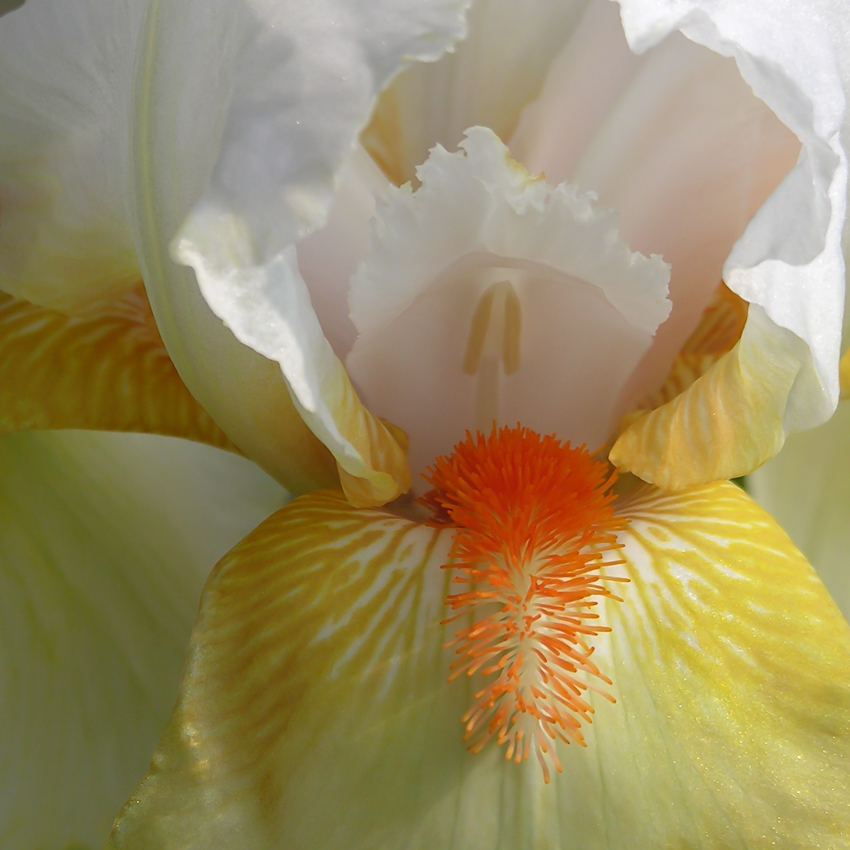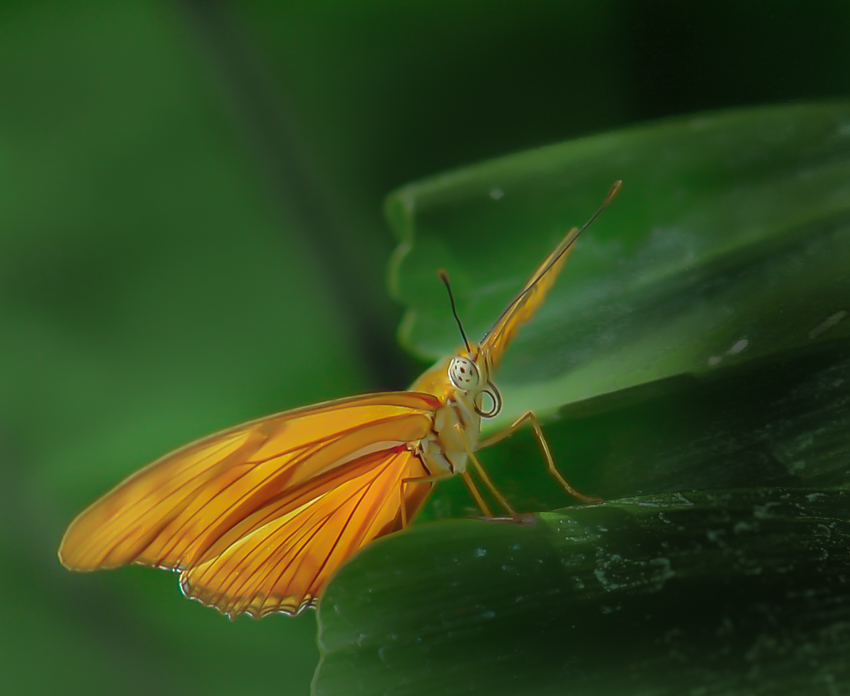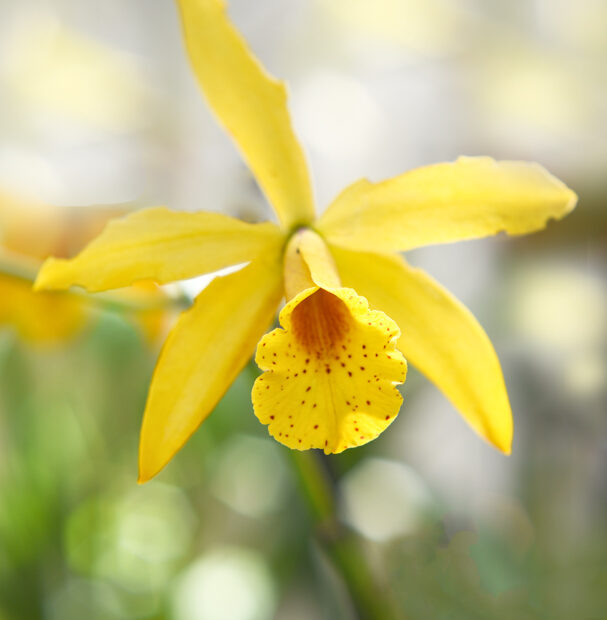Spring is a magical time for photographers. The world bursts into color, and tiny wonders pop up everywhere—just waiting to be captured. If you’ve ever stopped to admire the delicate veins of a petal or the pollen dust on a stamen, you’ve already felt the pull of macro flower photography.
Today, we’re diving into how to capture those hidden spring details that turn ordinary flower shots into frame-worthy art.

Why Macro Photography?
Macro photography lets you explore a hidden world. With a good macro setup, you can turn a dandelion into a dramatic composition, or showcase the rich textures of a tulip like you’ve never seen before.
More than just beauty, macro flower photography trains your eye to see differently—to slow down, focus on the small, and truly connect with your subject.
Gear Suggestions for Beginners
You don’t need a huge investment to get started. Here’s what I recommend:
Camera & Lenses
- DSLR or Mirrorless Camera – Any entry-level model works, like the Canon EOS Rebel T8i or Nikon Z50.
- Macro Lens – Look for a dedicated 1:1 macro lens like the:
- Canon RF 100mm f/2.8L Macro IS USM
- Nikon Z MC 105mm f/2.8 VR S
- Sony FE 90mm f/2.8 Macro G OSS
Budget Alternatives
- Extension Tubes – Cheap and easy way to get closer using your existing lens.
- Close-Up Filters – Screw onto your lens like a magnifying glass. (I’ve used these for over 40 years and love them. Norm likes the extension tubes better…so… your choice!)
- When choosing either extension tubes or close up filters, be sure that they fit your lens that you want to use for macro shooting. I personally like the Nikon 50mm and my close up filters fit the front end diameter of my lens. You can stack these filters for closer shots as well. Mine came in a set of 3, a +1, +2 and +4. I usually like the look of the +1 stacked with the +2. But, you do you!. Experiment a little and you will find your style.
Support Gear
- Tripod – A sturdy, adjustable tripod helps eliminate camera shake—especially when shooting at high magnifications. Yes, you absolutely need this. Especially if you are shooting with a longer heavier lens. You MIGHT get away with not having a tripod if you use the light 50mm lens with close up filters. But, no guarantees.
- Remote Shutter Release or use your camera’s 2-second timer.
- Reflector/Diffuser – Useful for softening harsh light or bouncing sunlight onto your subject. Love to use these also to block the wind!

Tips for Stunning Spring Flower Shots
- Shoot in Soft Light
- Early morning or overcast days are best. Direct sun can create harsh shadows and blow out delicate highlights. Just after a gentle rain, or during a drizzle, gives you raindrops on your flowers!
- Mind Your Background
- Simplify the scene. Use a wide aperture (f/2.8–f/5.6) to blur the background and isolate your flower. Also, if you followed the Bokeh post, if you backlight the flowers, or at least get a lighter background with light in it, you just may get beautiful bokeh!
- Get Low and Close
- Explore different angles: from ground level, from the side, or directly above.
- Yep, I recommend long pants, knee pad if you want them and sturdy shoes (waterproof ones if you shoot after the rain or in a light drizzle.)
- Watch the Wind
- Even a slight breeze can ruin your shot. Use a wind block (like your body or a small shield), or shoot in the early morning when the air is still. Also, if you shooting with a partner, they can volunteer, ahem, to hold a reflector/ wind block or even block the subject with their body while you are shooting! (LOVE them volunteers!)
- If you can get into a garden center or greenhouse, there is no wind! Ask nicely and be mindful of your tripod if you are in an area where there are other visitors (like a botanical garden, etc.)
- Manual Focus is Your Friend
- Autofocus can hunt in macro mode. Switch to manual for better control over the point of sharpest detail.
Assignments to Build Your Skills
📷 Assignment 1: Flower Portraits
- Choose one flower.
- Take 5 different shots from 5 different angles.
- Focus on isolating the subject and getting perfect background blur.
📷 Assignment 2: Abstract Close-Ups
- Move in so close that the flower fills the frame.
- Look for patterns, curves, lines, or textures.
- Try both color and black & white edits.
📷 Assignment 3: The Pollinator Watch
- Spend time near blooming flowers and wait for a bee or butterfly.
- Practice fast focusing and burst mode shooting.

Final Thoughts
Macro flower photography invites you to slow down, breathe, and discover beauty in the smallest of places. This spring, don’t just admire the blooms—capture their soul.
Grab your camera, head outside, and let nature’s details surprise you.
Rediscover what matters through nature
Feeling Overwhelmed or craving stillness? At Finding Nature’s Beauty, we create space to breathe, reflect and reconnect –with yourself and the world around you. Reflections, our newsletter, is designed to help you find calmness and clarity from the stress of everyday living by providing weekly inspiration, stories, and actionable ideas to guide you.
